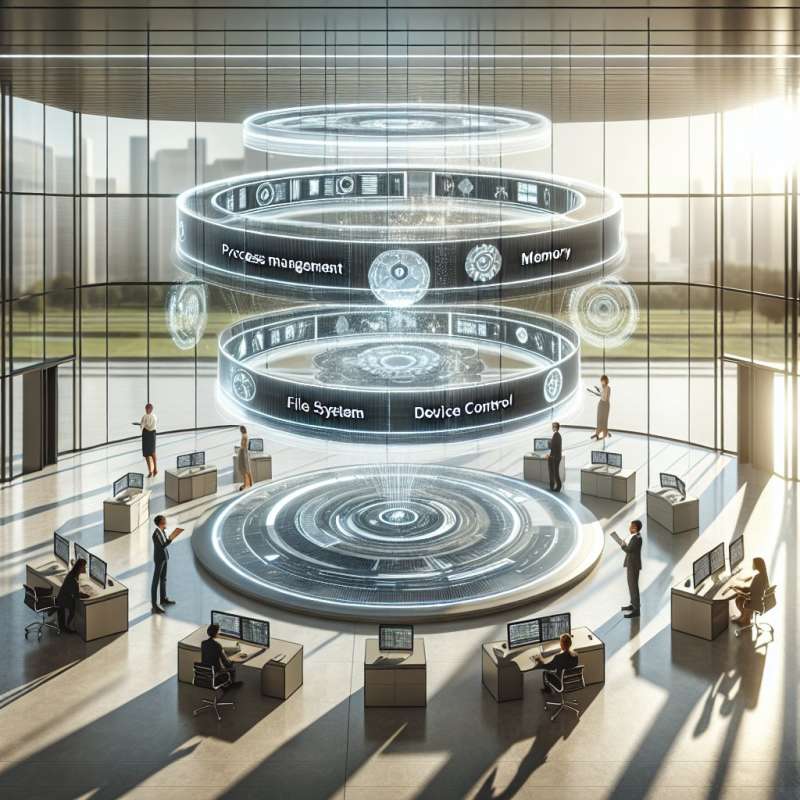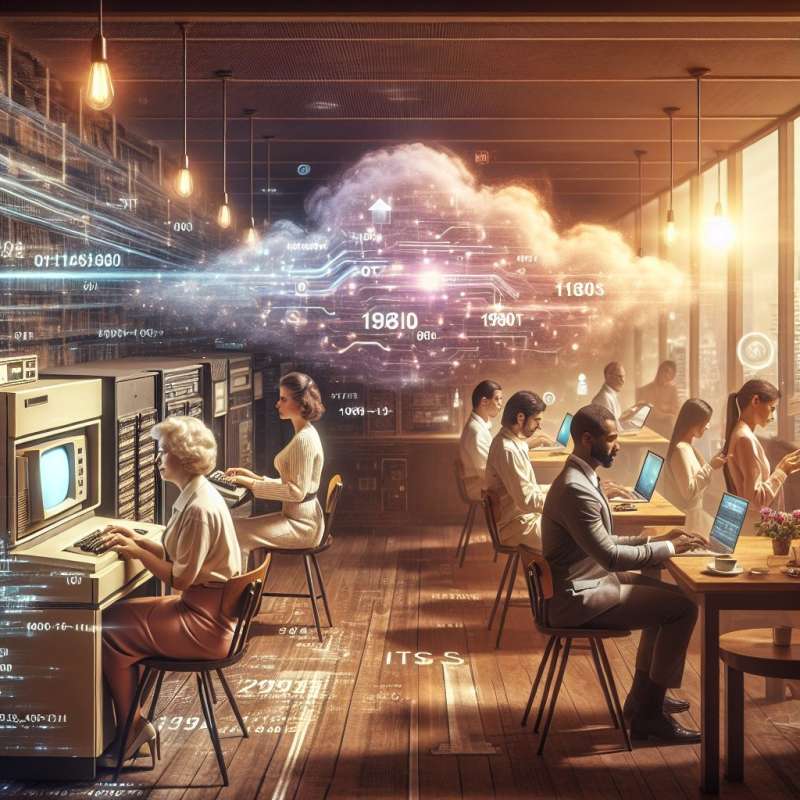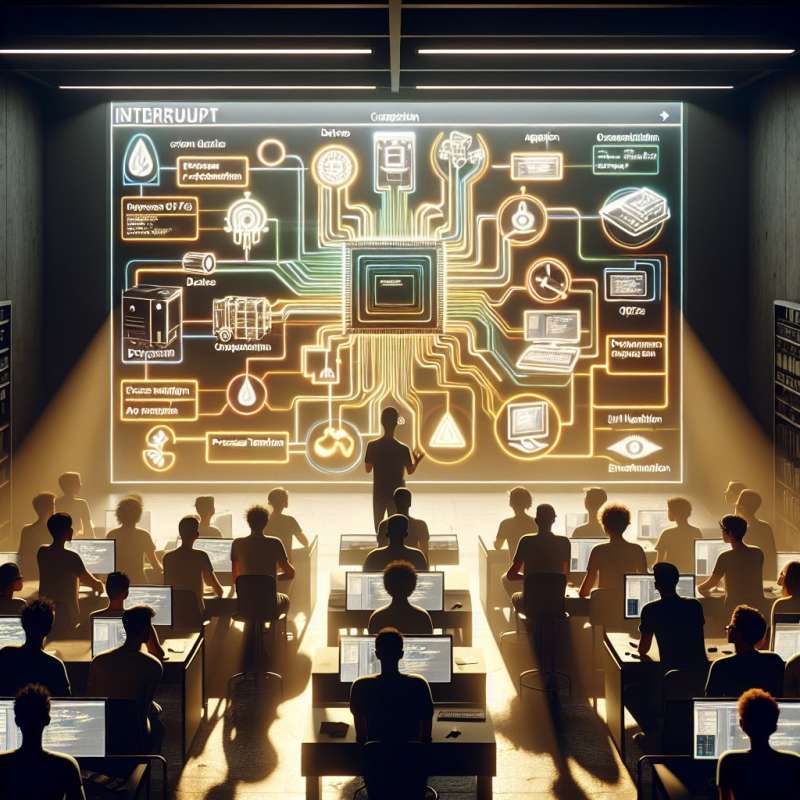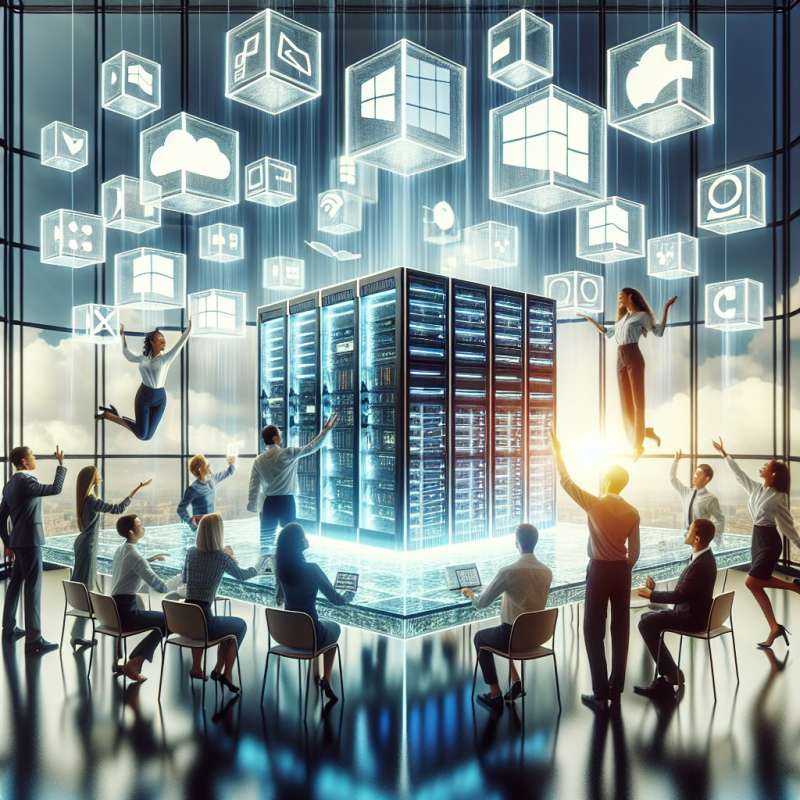
Operating Systems Overview
Operating systems (OS) manage computer hardware and software. They provide common services for computer programs. The OS acts as an intermediary between users and the computer hardware. Examples include Windows, macOS, Linux, and Unix.
OS Core Functions
The core functions of an OS are process management, memory management, file system handling, and device control. These ensure efficient execution of programs, optimal memory utilization, organized data storage, and correct operation of peripherals.
Evolution of OS
Early OS were simple, managing basic I/O operations. With time, they evolved to support multiple users (multitasking), and now they enable cloud computing, IoT, and real-time processing, adapting to the exponential growth in technology and user needs.
Kernel's Critical Role
At an OS's core is the kernel. It manages the system's resources and allows hardware and software to communicate. Kernels can be monolithic, microkernels, or hybrid, each affecting system performance and stability differently.
Memory Hierarchy
OS use a memory hierarchy for efficiency: registers inside the CPU, cache, RAM, and disk storage. Each level increases in size and decreases in speed, with the OS managing the complexity of data access transparently to the user.
Interrupts and Signals
Interrupts are hardware- or software-generated signals that alert the OS to an immediate action requirement, prioritizing critical tasks. Signals are software interrupts that indicate events such as the termination of a process.
Virtualization and OS
Modern OS support virtualization, creating virtual machines that imitate physical computers. This enables multiple OS to run simultaneously on a single hardware host, drastically improving the efficiency and utility of computing resources.
What is an OS's primary role?
Manages computer hardware and software
Facilitates internet browsing
Controls user interface design
Company